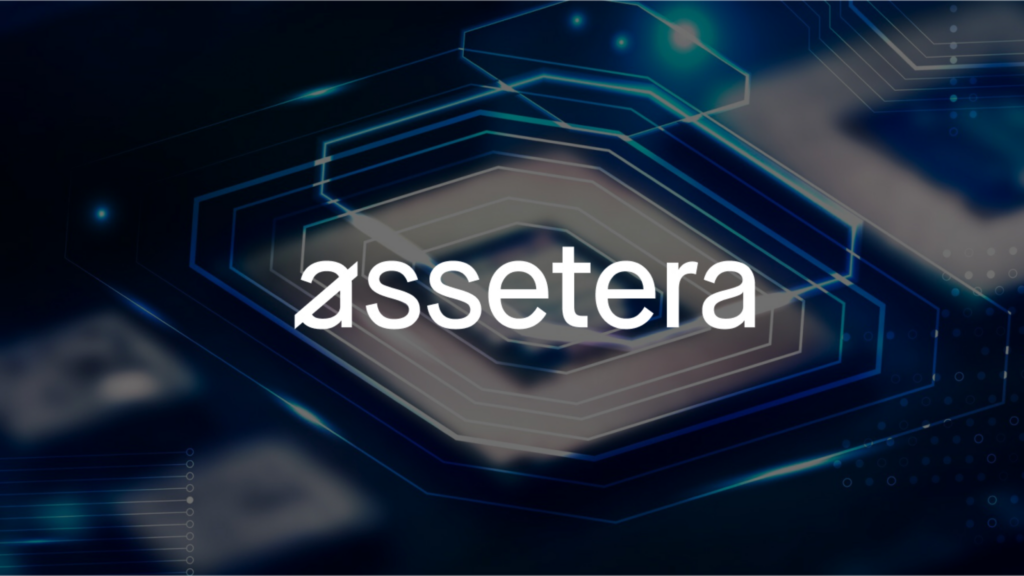Assetera, a blockchain-based investment and trading firm, is making waves in the tokenized real-world asset (RWA) space by partnering with Polygon to launch the first regulated marketplace of its kind in Europe. This innovative platform is designed to provide a secure, efficient, and fully digital environment for trading tokenized securities, funds, and money market instruments, opening the door to a new era of finance.
As the tokenization of real-world assets continues to grow in popularity, Assetera is seizing the opportunity to offer both retail and institutional investors access to these cutting-edge financial products. Their partnership with Polygon, combined with strong regulatory backing, puts Assetera at the forefront of the tokenization movement, transforming the way assets are traded in the European market.
One of the standout features of the Assetera marketplace is its integration with Polygon, a leading Ethereum scaling network. This technology will enable the platform to process transactions quickly and at a lower cost, making it highly efficient for handling the complexities of tokenized assets. Stablecoins will be used for all purchase, clearing, and settlement processes, ensuring a stable and predictable trading environment, which is especially important in the often-volatile world of crypto and digital assets.
Assetera is already regulated under the Markets in Financial Instruments Directive II (MiFID II), a key regulatory framework governing financial markets in the European Union. This regulatory status provides the company with a strong foundation as it prepares for the upcoming Markets in Crypto Assets (MiCA) regulations. MiCA is expected to create a unified regulatory framework across the EU, paving the way for Assetera to expand its services throughout the region and offer a compliant, secure marketplace for tokenized assets.

MiFID II provides a broad regulatory framework but does not specifically define financial instruments, leaving some areas open to interpretation. Earlier this year, the European Securities and Markets Authority (ESMA) released a consultative document addressing this ambiguity. ESMA, alongside the European Banking Authority and the European Insurance and Occupational Pensions Authority, is working on refining the classifications of crypto assets to bring greater clarity to the market.
In addition to these regulatory developments, stablecoins have become a key focus area under MiCA, with new provisions taking effect recently. These regulations have reshuffled the market, restricting non-compliant stablecoins and introducing new compliant alternatives, helping to stabilize and grow the European market for digital assets.
The tokenization of real-world assets is seen by many as the next major frontier in finance. By representing traditional financial products like bonds, commodities, and securities on a blockchain, tokenization increases liquidity, transparency, and accessibility for a wider range of investors. As this trend gains momentum, projections for the growth of the tokenized asset market are staggering, with some estimates suggesting it could reach $30 trillion by 2030.
However, not everyone agrees with such optimistic projections. Jamie Coutts, chief crypto analyst at Real Vision, offers a more conservative estimate, predicting that the market could grow to $1.3 trillion by 2030. Coutts bases this prediction on the current compound annual growth rate (CAGR) of 121% for tokenized assets, which, while impressive, may not support the more ambitious projections circulating in the industry.
Even with Coutts’ cautious outlook, the potential for growth in this market is undeniable. Other experts echo this sentiment, noting that while tokenized assets have had a slow start, their future growth is expected to accelerate significantly. Major consulting firms like McKinsey & Company project that tokenized financial assets could grow to $2 trillion by 2030, while a report by the Global Financial Markets Association (GFMA) and Boston Consulting Group estimates the global value of tokenized illiquid assets could reach $16 trillion by the same year.
Large financial institutions are also beginning to take note of this emerging market. Goldman Sachs, for example, plans to launch three new tokenization products later this year in response to growing client demand. This move highlights the increasing interest from traditional finance in leveraging blockchain technology and tokenization to offer new financial products and services.
Projections for the size of the tokenized asset market vary, ranging from $1.3 trillion to $16 trillion by 2030, but the consensus is clear: tokenization is on the rise. Citigroup, in its own analysis, suggests that between $4 trillion and $5 trillion worth of tokenized digital securities could be minted by 2030, demonstrating the immense potential of this space.
Assetera, with its technological partnership with Polygon and strong regulatory positioning under MiFID II, is well-placed to capitalize on this growing market. As the firm adapts to the forthcoming MiCA regulations and continues to innovate in the tokenized asset space, it is likely to become a key player in Europe’s financial ecosystem. The combination of efficient, cost-effective transactions and a secure, regulated marketplace makes Assetera an attractive platform for investors looking to access the benefits of tokenized real-world assets.
As tokenization continues to reshape the future of finance, platforms like Assetera will play a vital role in bringing real-world assets onto the blockchain, making them more accessible and providing a more efficient trading environment for investors.
















